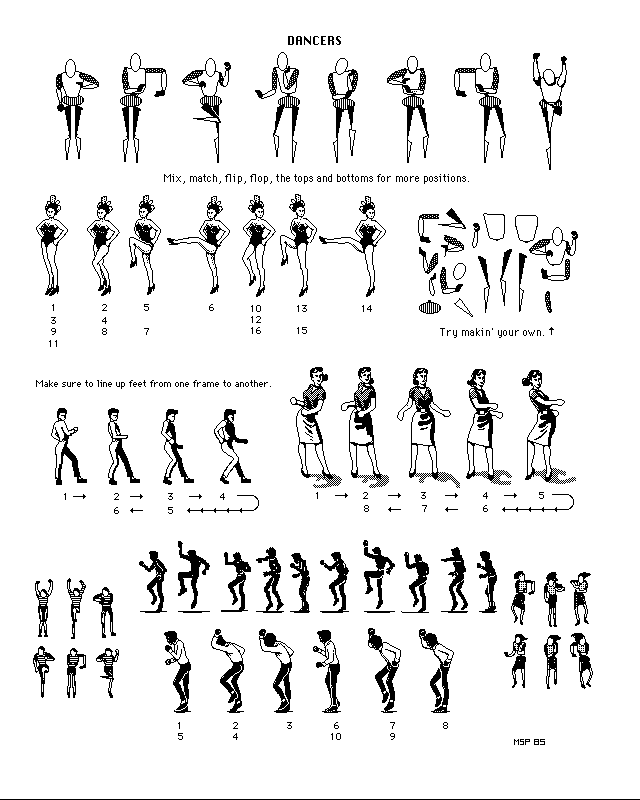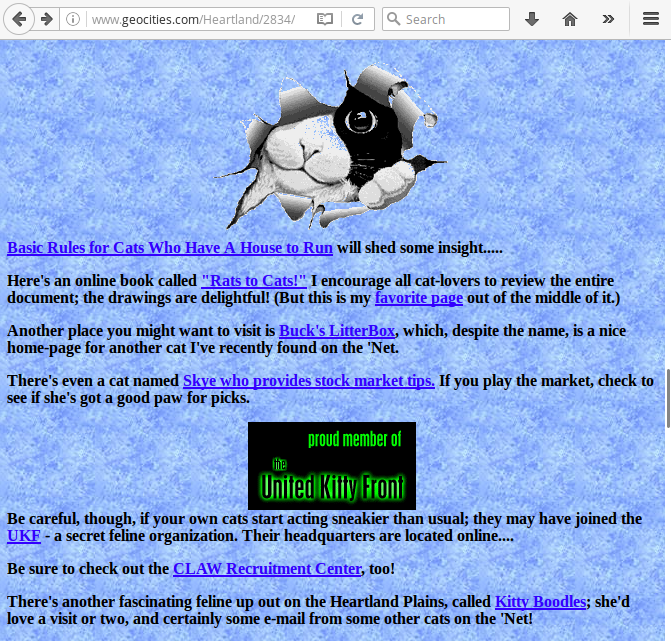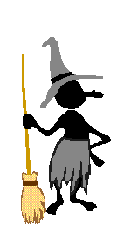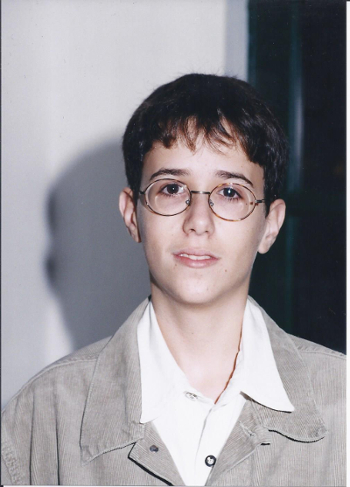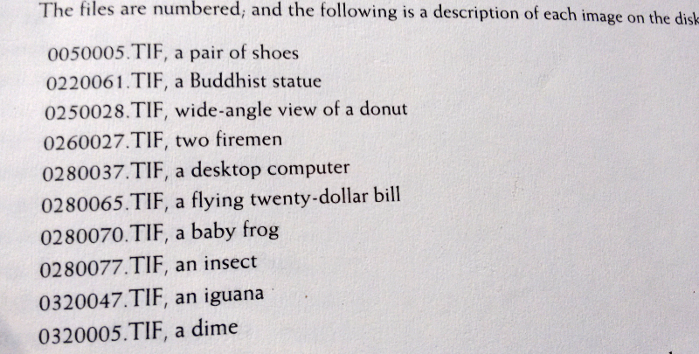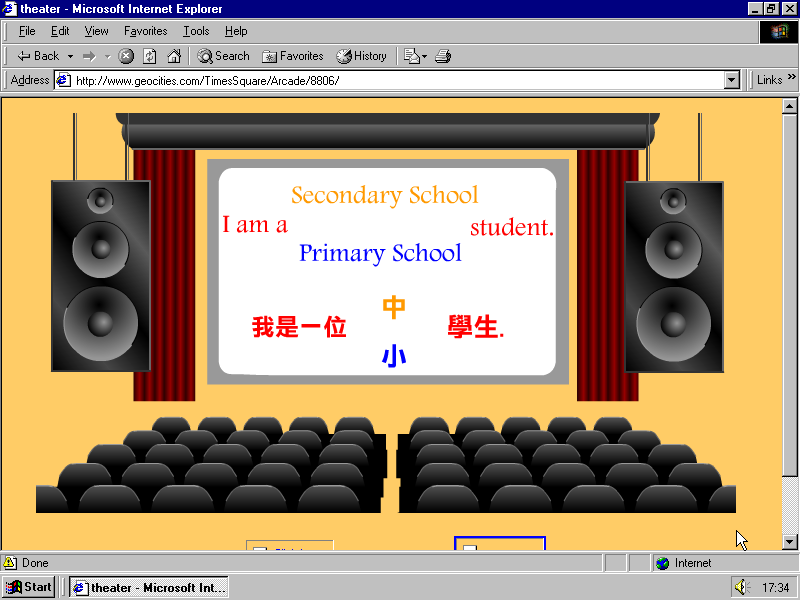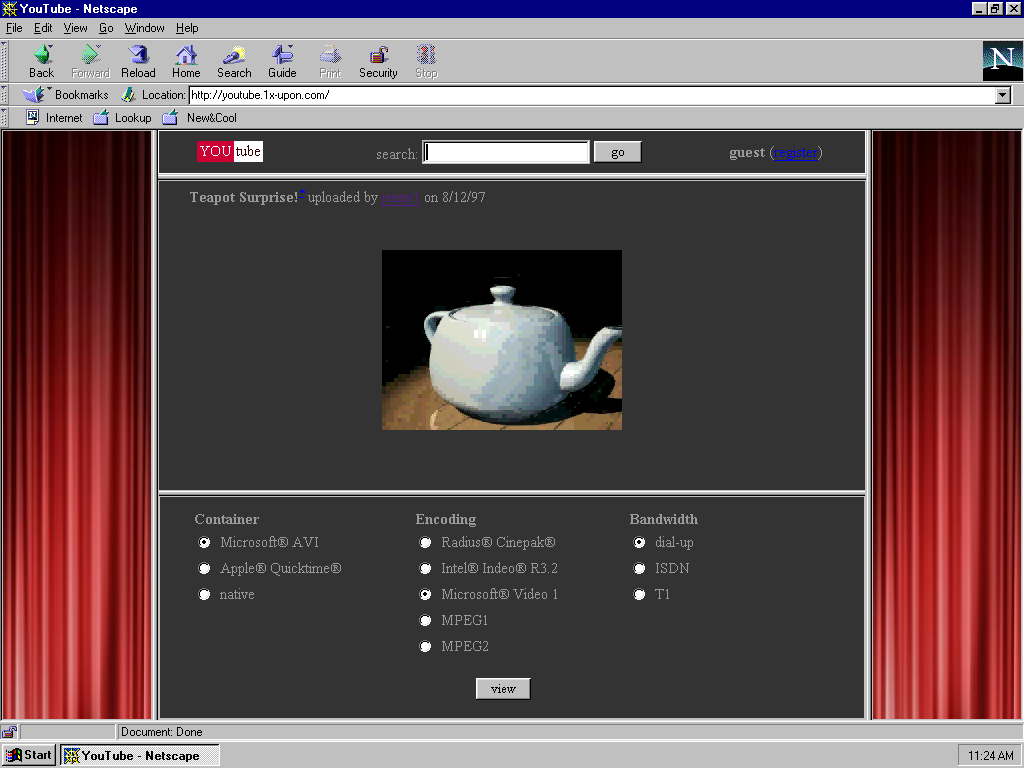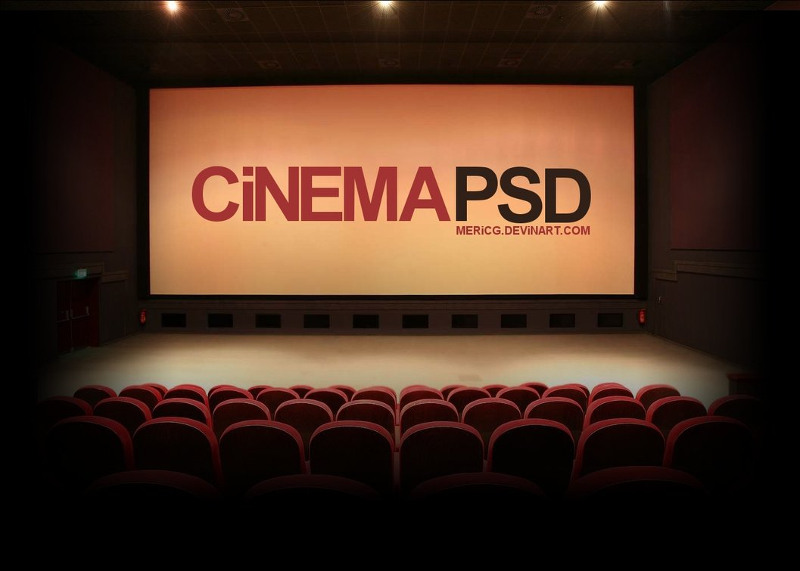tl;dr: 1TB of KB Age switched to Internet Explorer 6 and Windows XP, but we don’t go for 1024×768 … yet.
Our Tumblr blog One Terabyte of Kilobyte Age Photo Op started in February 2013. It became popular, people were exited about seeing a new snapshot of the past every 20 minutes. Web pages last updated before the advent of e-commerce and social networks, framed by the sweetest browsers with the cutest logos provoked nostalgia even among the followers who were born after these pages went live on the web.
Fifteen months later we made an unpopular but necessary change. Screenshots switched from being created with Netscape to Internet Explorer 5. To say the truth we were really postponing that decision as long as possible, but the 19 March 1999 release of IE5 was the border after which we couldn’t represent the web inside of a browser that no one used any more.
It is almost 2018, almost 5 years from the launch, and we are on the eve of the next big sad change. This time it is not connected to any particular moment in the history. It just happened that some weeks ago the repository of snapped sites got empty, and it was time to restart Dragan’s screenshot factory and discuss the appearance of pages that were last updated in October 2001.
One thing was clear, time has come to change to Explorer 6 and stay with it till the last screenshot we have.
Another thing we seriously considered these last days was switching the screenshots’ resolution to 1024×768 (XGA).
… continue reading


